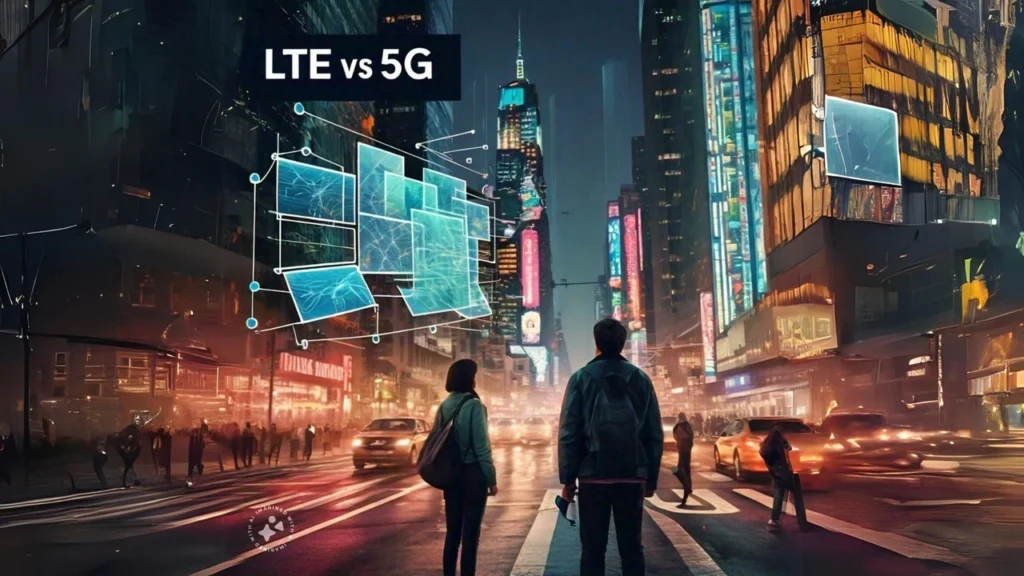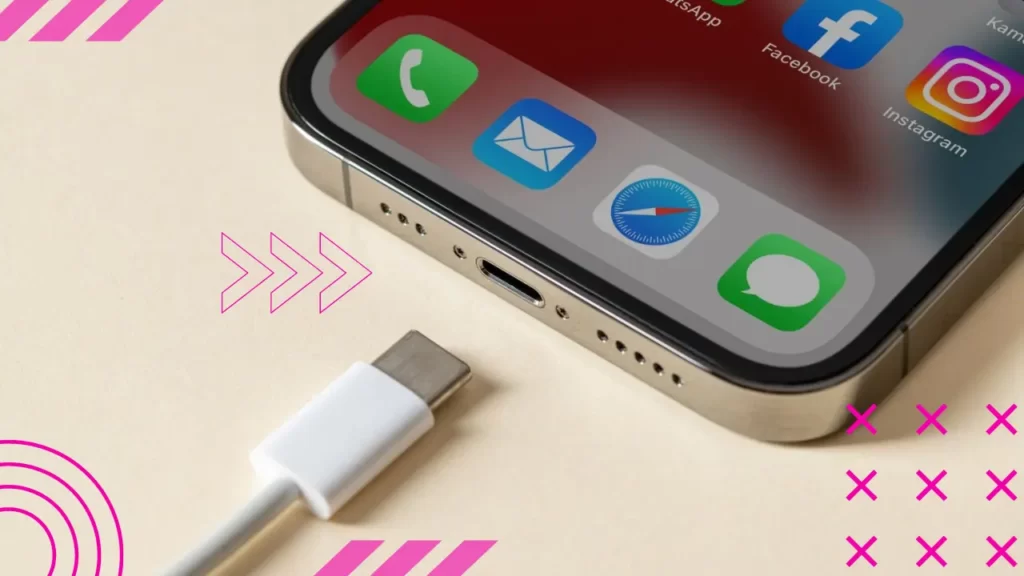LTE vs 5G:
“LTE vs 5G” Suggested in 2004, long-term evolution (LTE) became the primary way to get fast internet on 4G cellular networks around the world. On the other hand, 5G started to become popular in 2018-2019 and might change how we connect to the internet, especially for smart devices. This article explains the differences between LTE and 5G and talks about whether 5G is better than LTE.
Long-Term Evolution (LTE) Standard: A Simple Overview:
Long Term Evolution (LTE) is the project aimed at creating a high-performance air connection for mobile communication systems. It represents the final step toward 4th generation (4G) radio technology, designed to increase the speed and reliability of mobile phone systems.
Earlier mobile communication networks were known as 2G or 3G, and LTE was marketed as 4G. The basic form of LTE was first implemented in 2008, offering significantly higher data speeds, much better application performance, and lower operational costs.
LTE installations showed a modest improvement over 3G HSPA and were labelled as 3.5G or 3.99G. However, as people understood LTE’s full capabilities, it provided a complete 4G performance level. LTE played a direct role in shaping the current 5G standard, known as 5G New Radio. Early 5G networks, referred to as non-standalone 5G (NSA 5G), required a 4G LTE network control to manage 5G data sessions. Companies could utilize the existing 4G network infrastructure to deploy and maintain NSA 5G networks, reducing both capital and operational costs for 5G operators.
Fifth Generation (5G) Standard: A Simple Overview:
5G is the fifth generation of mobile networks, following 1G, 2G, 3G, and 4G. It represents a new global wireless standard. 5G offers a special network that can connect almost everyone and everything, including machines and connected devices.
5G wireless technology represents a monumental leap forward, offering a plethora of enhancements that cater to the evolving needs of users. These advancements include improved multi-Gbps peak data rates, enabling lightning-fast downloads and uploads for more users simultaneously. Additionally, 5G boasts super-low latency, ensuring swift responses and seamless interactions across applications. Enhanced reliability ensures stable connections even in challenging environments, while massive bandwidth accommodates the ever-increasing demand for data-intensive tasks. Improved availability ensures connectivity in diverse settings, empowering users with consistent access to services. Altogether, these enhancements culminate in a more consistent and satisfying customer experience, setting a new standard for wireless communication.
Enhanced performance enables better customer experiences and connects new industries. Besides faster connectivity and more bandwidth, a key advantage of 5G is its rapid response time, also known as latency.
Latency, a pivotal metric in wireless communication, delineates the time elapsed for devices to reciprocate responses across a wireless connection. Traditionally, 3G networks have operated with a system performance average of 100 milliseconds, showcasing moderate responsiveness. Subsequent advancements ushered in by 4G technology significantly improved this metric. Slashing latency to a mere 30 milliseconds, thereby enhancing user experience. With the advent of 5G networks, we are poised to realize the zenith of latency reduction. Heralding a paradigm shift with system performance potentially plummeting to an unprecedented one millisecond. This transformative leap is underpinned by a revolutionary architecture. Distinctly diverging from the conventions of prior wireless network generations such as 2G, 3G, and 4G, thereby laying the foundation for a new era of lightning-fast and ultra-responsive connectivity.



